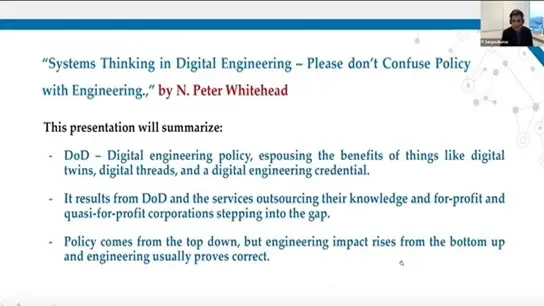Mitigation of High Penetration Challenges of Renewables into the Grid: Storage, Demand Response and Interconnections
* 21PESGM2654, Panel Introduction: S. RAHMAN, Virginia Tech * 21PESGM2655, Impact of PV Integration in the Distribution Network: B. KROPOSKI, National Renewable Energy Laboratory * 21PESGM2656, Grid Integration of Renewable Energy in India: S. MUKHOPADHYAY, NETAJI SUBHAS UNIVERSITY OF TECHNOLOGY (NSUT) * 21PESGM2657, Development of Renewable Energy in China: J. YU , State Grid Corp of China * 21PESGM2658, Grid-connected Wind Power in Texas: Challenges &, Opportunities: R. BALDICK, University of Texas * 21PESGM2690, Renewable Energy in Germany: Current Status and Plans for the Future: K. STRUNZ, Technical University of Berlin
-
Members: $5.00PES
IEEE Members: $10.00
Non-members: $20.00
27 Jul 2021
As ambitious targets are being put forward by most industrialized and many industrializing countries of the world to fight carbon emissions, two activities are presenting challenges. One is massive electrification to reduce carbon emissions from ground transportation and space heating. The other is the use of renewables for electricity production to avoid fossil fuel burning. For example, Denmark has a target of reducing the country™s CO2 emission by 70% in 2030 compared to the 1990 level. In order to achieve this goal, it is estimated that 1.5 million cars in Denmark must be electric or hybrid-electric by that year. In the heating sector 70% of natural-gas boilers and 95% of oil-fired boilers used for individual heating must be replaced with heat pumps. On the supply side, the global wind and solar capacities at the end of 2019 were 651 GW and 580 GW respectively. The combined wind-solar capacity was higher that the peak electricity demand in the United States in 2019. But these renewable energy sources come with reliability challenges as the extreme weather conditions in Texas in February 2019 has demonstrated. There are also supply-demand unbalances as seen in the afternoons in Hawaii when the solar PV output from rooftop solar arrays overload the distribution circuit because of higher generation than demand. Experts on this panel will discuss mitigation opportunities through storage, demand response and interconnections to address these challenges.
Chairs:
Saifur Rahman, Virginia Tech
Sponsor Committees:
Admin



